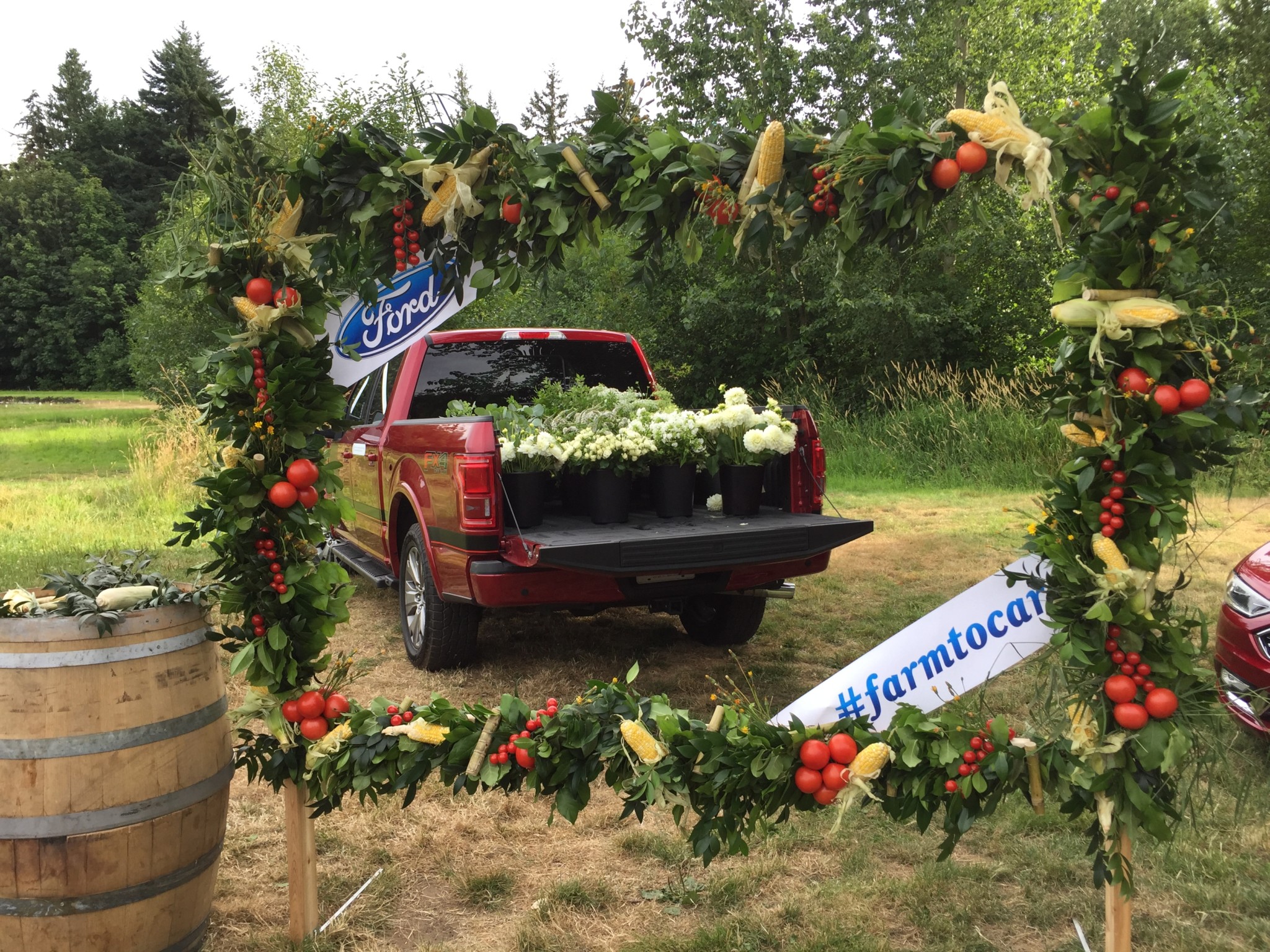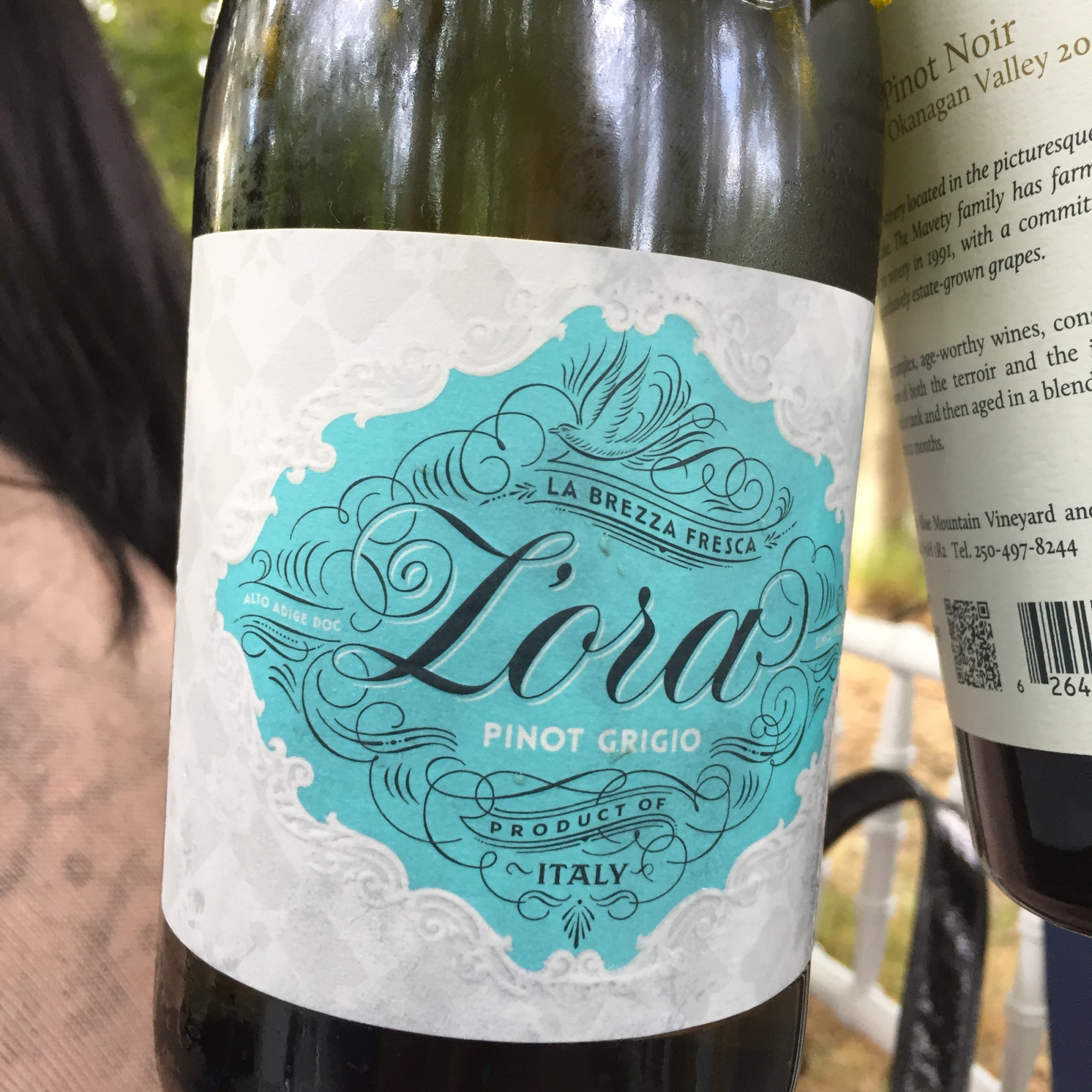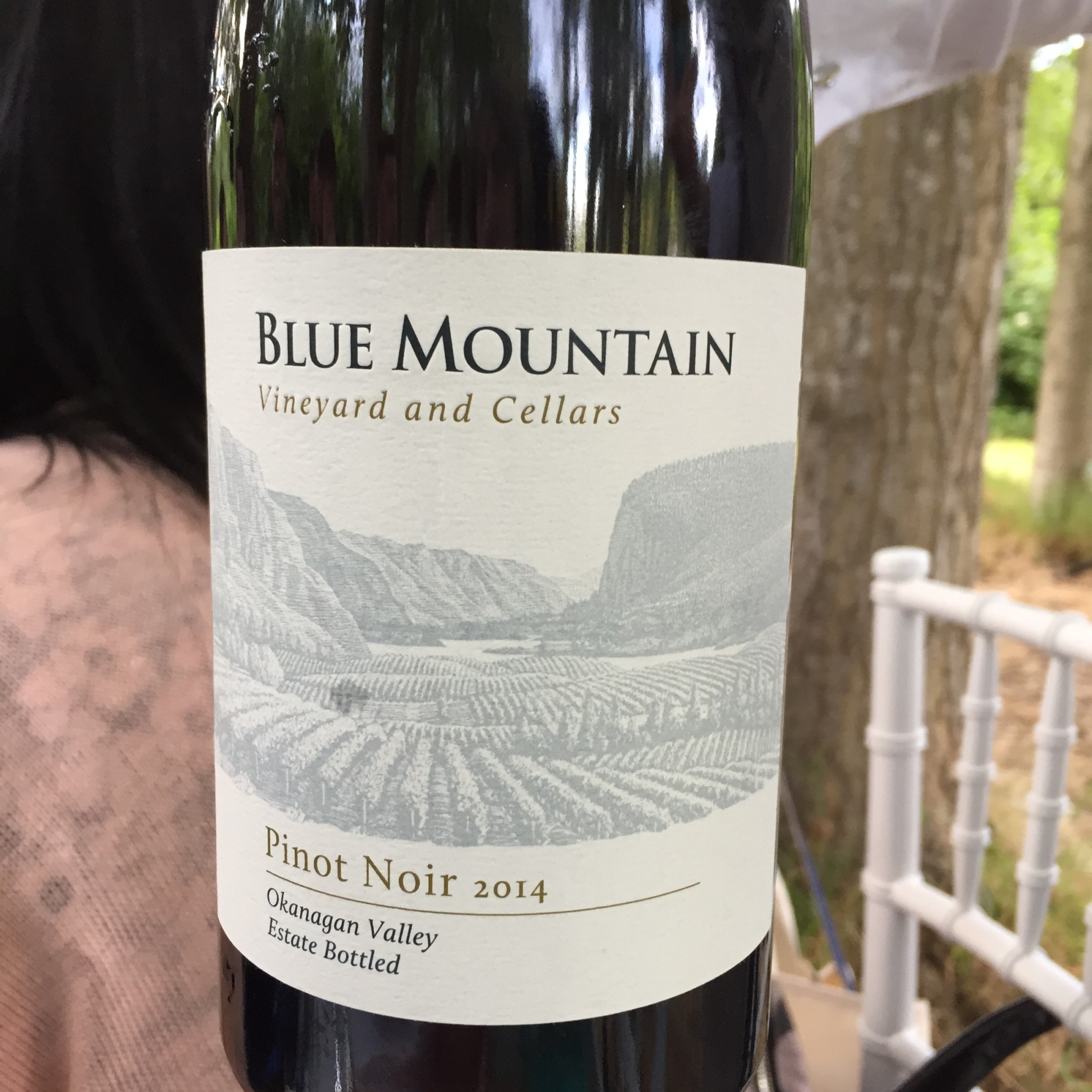It was an evening to learn, visit and dine at UBC Farm hosted by Ford Canada who introduced us to their sustainability initiative. There is a lot more going on under the hood and in the body and interior of your Ford vehicle than you would ever imagine. The purpose of the evening was to enjoy a wonderful feast and also learn about the “green” side of Ford and Ford Canada.
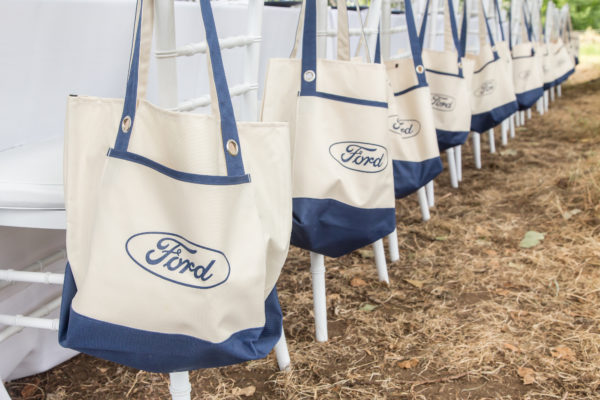
I captured the evening in pictures and I am also sharing the information that was presented during the evening by the Ford Canada representative Matt Drennan-Scace.

SUSTAINABILITY AT FORD
What goes into a vehicle at the beginning of its lifecycle and what comes out of it at the end of production contributes greatly to its environmental friendliness. Food by-products, oversupply and other biomaterials are getting a second life in Ford vehicles.
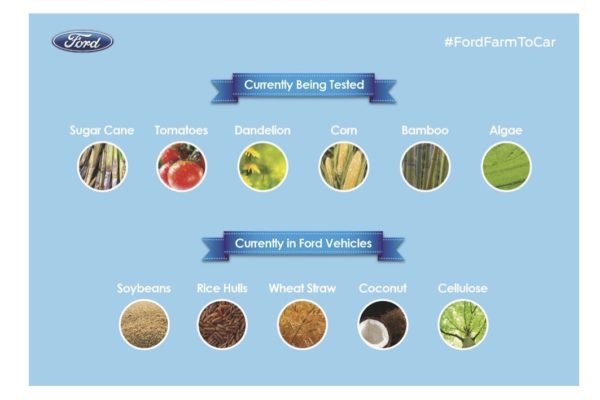
Currently in Ford Vehicles
Soybeans
It all started in the 1940s when Henry Ford built a plastic paneled car using soy – and had a soy suit to go with it!
Since 2011, all Ford vehicles built in North America have soy foam in their seat cushions and backs. This saves an estimated 2.3 million kilograms of petroleum per year. In addition, 85 per cent of headrests produced in North America and the headliner on the Ford Escape use soy foam. Ford continues to investigate new applications for soy foam, such as for underhood and energy-absorbing foams.
Rice Hulls
Ford uses renewable, natural-fibre materials to reinforce plastic and for other applications in vehicles. In 2014, Ford introduced a new composite plastic material reinforced with rice hulls (by-product of rice grains) in the wire harness of the Ford F-150.
Wheat Straw
Wheat straw-reinforced plastic is used in the storage bins of the Ford Flex – the world’s first application of this material. The use of wheat straw-reinforced plastics in the Flex reduces our petroleum usage by some 9,000 kilograms and our CO2 emissions by about 13,600 kilograms annually.
Coconut
Coconut coir, made from coconut husks, is used in the trunk mats of some vehicles, including the Ford Focus Electric.
Cellulose
In 2014, Ford launched an industry-first application of cellulose-reinforced plastic in the Lincoln MKX. This material is being used to replace fibreglass reinforcement in the centre console. The cellulose fibres in this composite come from sustainably grown and harvested trees and related byproducts. The material reduces weight by approximately 6 per cent. It also has a smaller carbon footprint than the glass-fibre-reinforced plastic it replaces, in part because it takes less time and energy to mold cellulose- reinforced parts than traditional glass-fibre-reinforced plastics.
Currently Being Tested
Sugar Cane
Sugar cane–based plastic has been made into interior fabrics and is being tested for durability and performance.
Tomatoes
Ford is collaborating with the H.J. Heinz Company to explore using tomato fibre, a byproduct of ketchup production, to develop a more sustainable bio-plastic material for our vehicles. Ford researchers are testing the material’s durability for potential use in vehicle wiring brackets and storage bins.
Corn
Agricultural corn by-product can be processed into plastic parts, fabrics, fibres or films. Ford is currently testing the product for potential uses in carpeting, upholstery and interior trim.
Bamboo
Bamboo is a fast-growing grass—up to 4 cm per hour!—that is being researched for potential uses in veneers and as filler material.
Algae
Algae is a promising sustainable material being researched by Ford. It grows very quickly, replicating up to four times per hour, and has a high per acre yield when compared to other crops.
For more information on Ford’s approach to sustainability, and its use and research into sustainable materials, please visit: corporate.ford.com
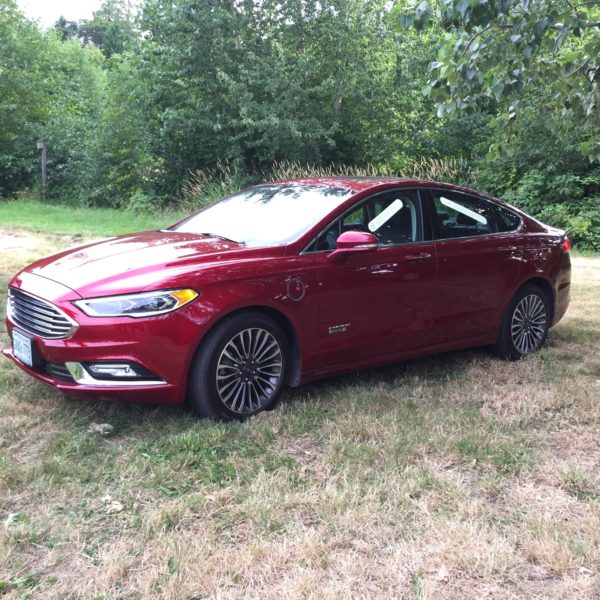
For more information on Ford’s approach to sustainability, and its use and research into sustainable materials please visit: Ford.com

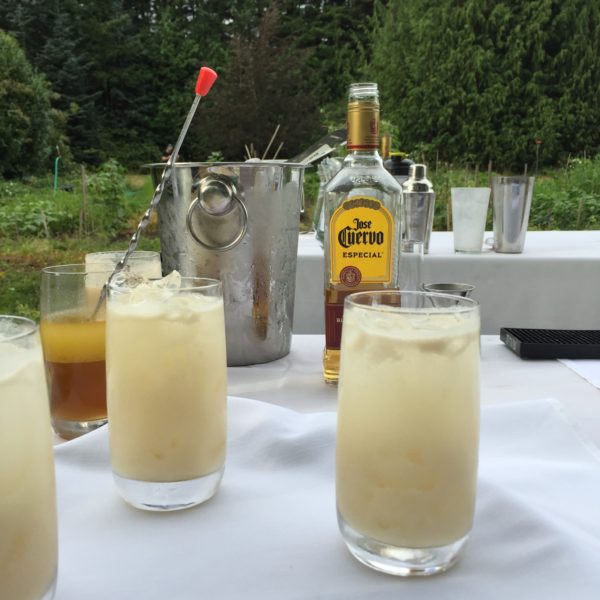
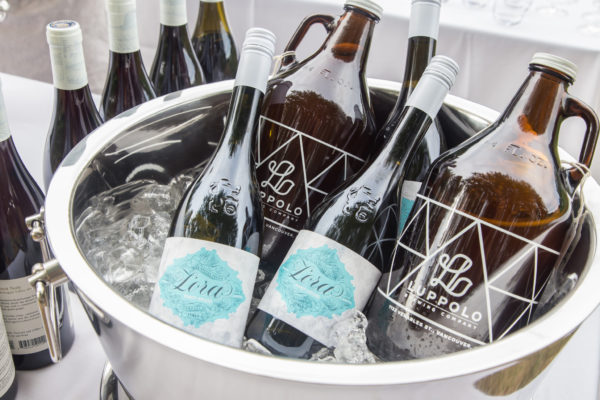

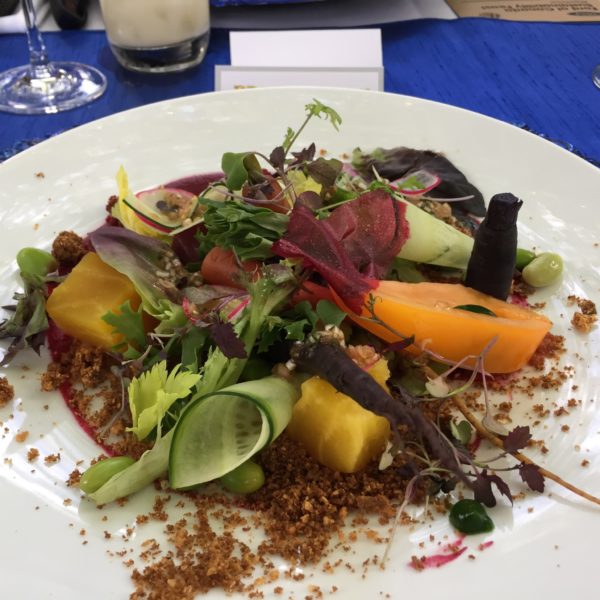
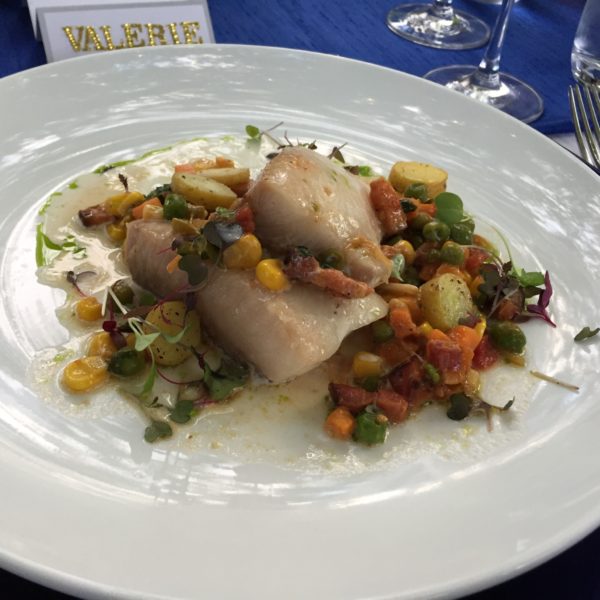
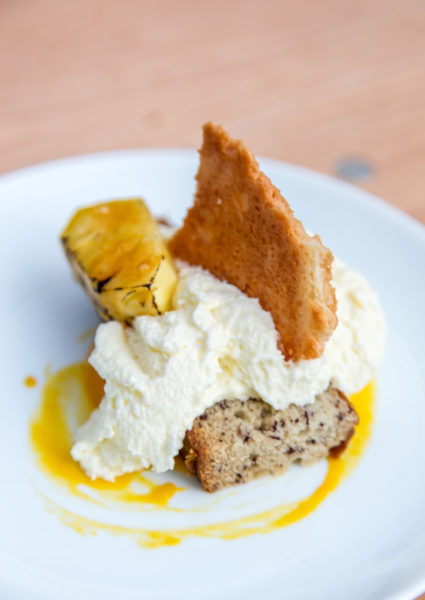
Jenn Chan Photography
Paired with:
With thanks to Ford Canada who hosted me and to Talk Shop Media for arranging shuttle service to and from the event. #GoFurther Ford Driving Skills for Life
Feature image: My Van City

